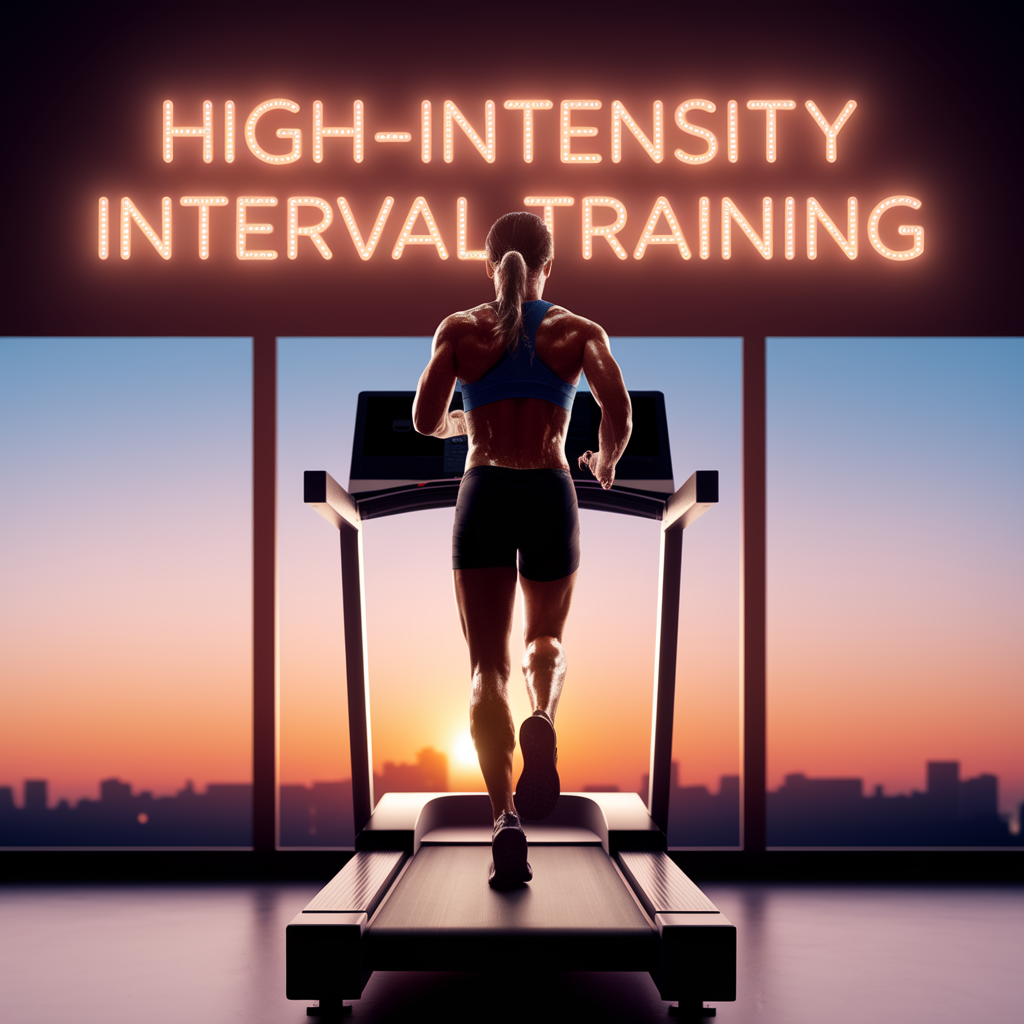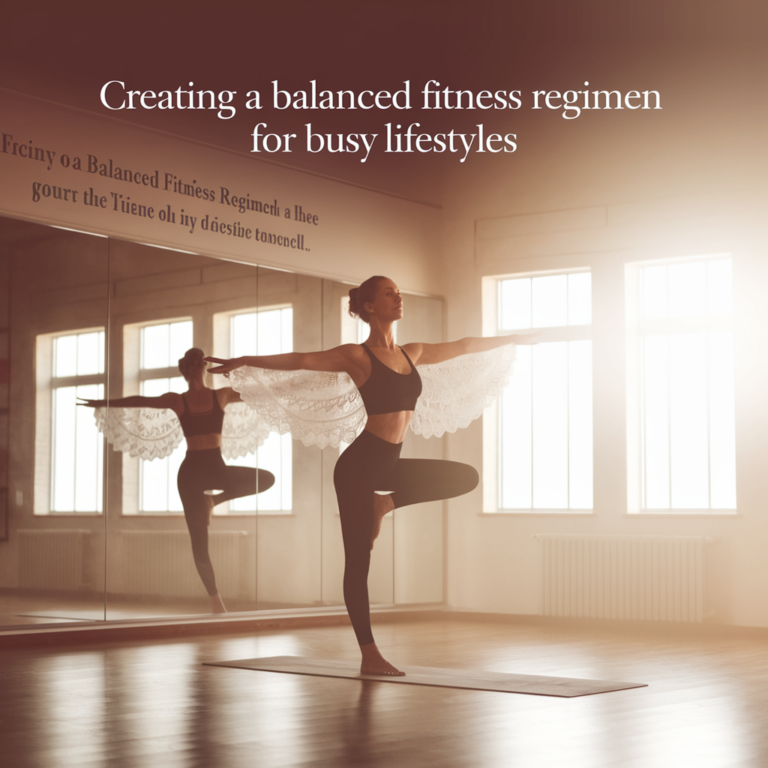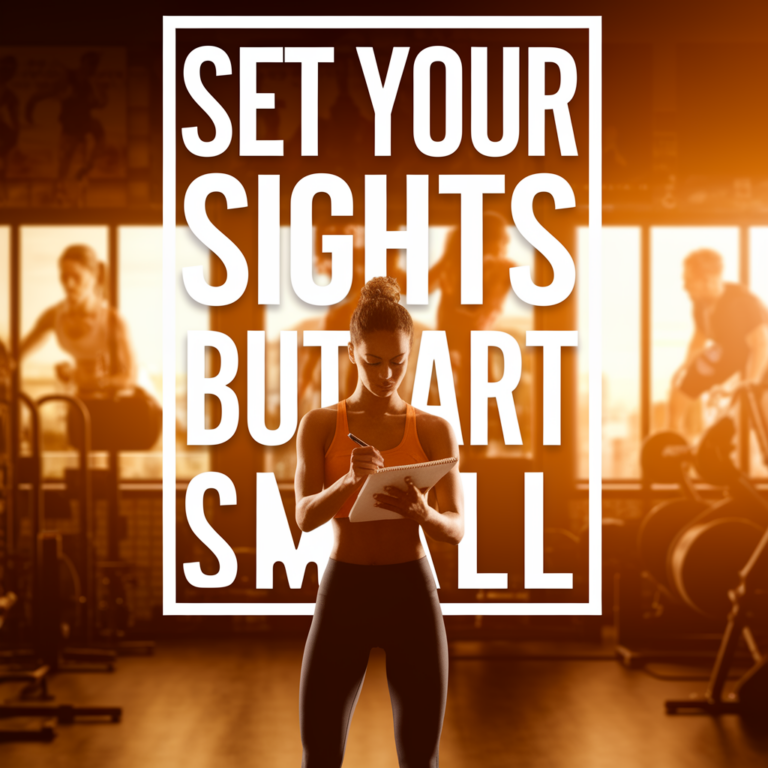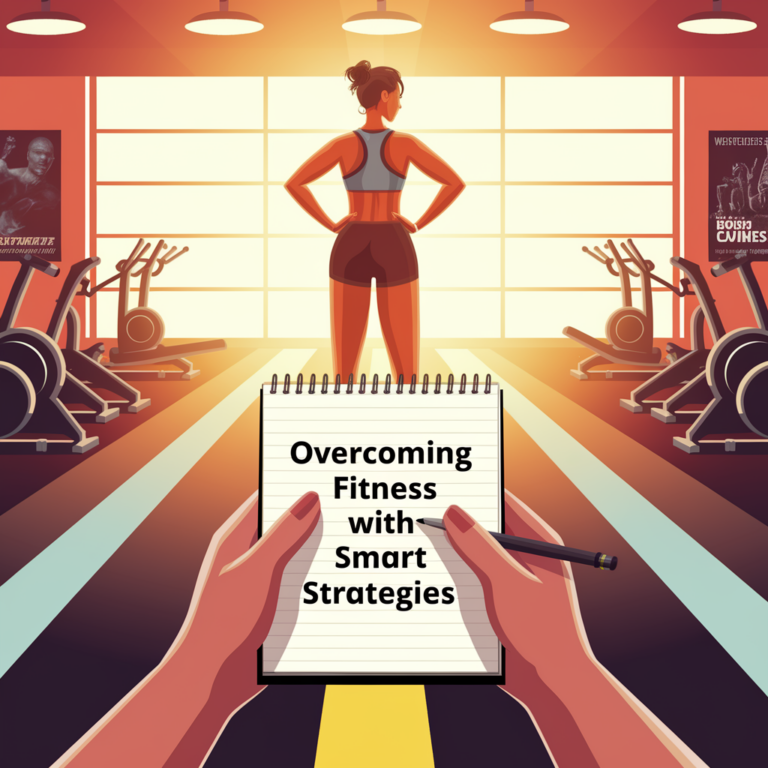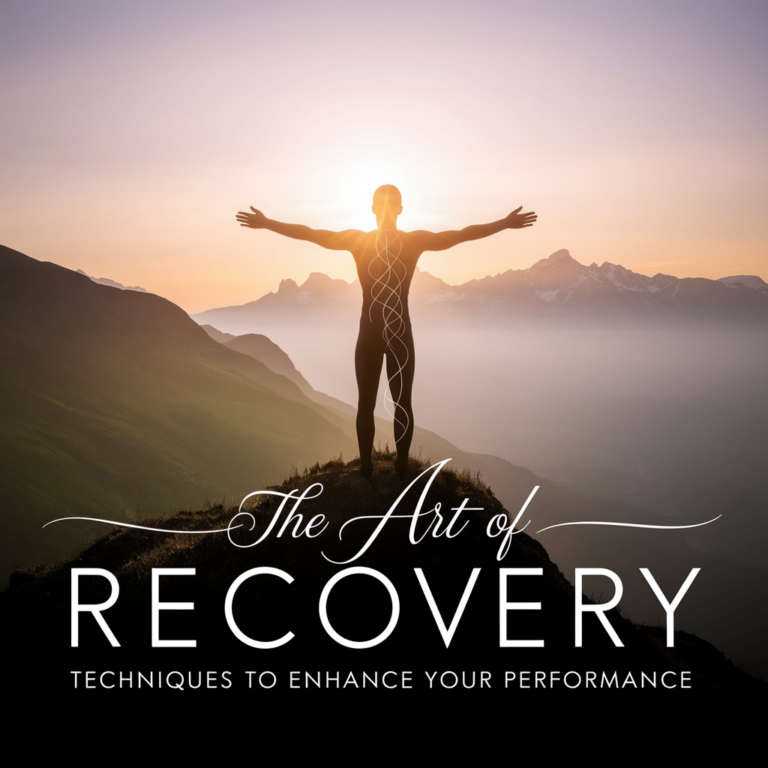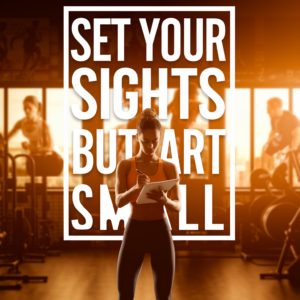The Science Behind High-Intensity Interval Training
High-Intensity Interval Training (HIIT) has taken the fitness world by storm in recent years. If you’ve ever glanced at a fitness magazine or scrolled through social media, you’ve probably encountered a post extolling the virtues of this training style. But what’s the science behind it? I mean, how can a few minutes of grueling effort yield results that rival hours of traditional cardiovascular exercise? Let’s break it down.
What is HIIT?
At its core, HIIT is a training technique that alternates short bursts of intense activity with periods of rest or lower-intensity exercise. Think about it this way: you’re not just jogging aimlessly on a treadmill for 45 minutes. Instead, you’re sprinting like you’re being chased by a bear for 30 seconds, then taking a breather for a minute, and repeating that cycle multiple times. It sounds intense—and it is!
According to the American College of Sports Medicine, HIIT workouts can vary in duration and intensity, but they typically last anywhere from 10 to 30 minutes. This short time commitment makes it appealing for those of us juggling busy schedules (and let’s be honest, who isn’t?).
The Science of the Burn
Let’s talk about what happens in your body during a HIIT session. When you push yourself to the limits, your body reacts in fascinating ways. One of the most compelling aspects of HIIT is the concept of excess post-exercise oxygen consumption (EPOC), often referred to as the “afterburn” effect. After an intense workout, your body continues to burn calories at a higher rate as it works to restore itself to its pre-exercise state. Some studies suggest that EPOC can last for hours—even up to 24 hours—after your workout. So, while you might be lounging on your couch binge-watching your favorite series, your body is still burning calories. How’s that for a win?
This phenomenon occurs because HIIT workouts create a significant energy deficit in a short period. Your body needs to replenish ATP (adenosine triphosphate), clear out lactic acid, and repair muscle tissues. All of these processes require energy, which translates into calorie burn.
Physiology in Action
Now, let’s get a bit more technical (don’t worry, I’ll keep it digestible). When you engage in high-intensity exercise, your body primarily relies on anaerobic metabolism. This means you’re utilizing energy sources that don’t require oxygen, which is why you can only sustain such high efforts for short bursts. The anaerobic system kicks in immediately when you start sprinting, lifting heavy weights, or doing any activity that pushes your limits.
As you exhaust your anaerobic energy stores, your body transitions to aerobic metabolism. This system kicks in during the rest periods, allowing your heart rate to come down and your breathing to normalize. Interestingly, the combination of anaerobic and aerobic energy systems is what makes HIIT so effective for building both strength and endurance.
The Mental Game
But let’s not forget the mental aspect of HIIT. It’s not just about physical prowess; mental toughness plays a significant role. I recall my first HIIT class like it was yesterday. I walked in thinking it’d be a breeze. Spoiler alert: it was not! The instructor shouted motivational phrases that made me question my life choices, and I found myself gasping for air halfway through. But when I completed that session, I felt an exhilarating sense of accomplishment. It’s amazing how a tough workout can translate into mental resilience.
Research supports the idea that intense workouts can lead to improved mood and decreased levels of anxiety. The release of endorphins—those feel-good hormones—during and after intense exercise is a major contributor to this. So, if you’re feeling down, a HIIT session might just be the pick-me-up you need.
HIIT vs. Steady-State Cardio
Now, you might be wondering how HIIT stacks up against traditional steady-state cardio (think long-distance running, cycling, or swimming at a consistent pace). While both forms of exercise have their benefits, HIIT has been shown to be more time-efficient. A study published in the Journal of Obesity found that participants who engaged in HIIT for just 20 minutes a few times a week saw similar improvements in cardiovascular health and fat loss as those doing steady-state cardio for much longer durations.
Moreover, HIIT can lead to greater improvements in VO2 max (the maximum amount of oxygen your body can utilize during exercise), which is a key indicator of cardiovascular fitness. This is particularly beneficial for athletes or anyone looking to enhance their performance.
Who Can Benefit from HIIT?
The beauty of HIIT is its versatility. Whether you’re a seasoned athlete or a beginner, there’s a HIIT workout suitable for you. Here’s a quick breakdown:
- Beginners: Starting with lower-intensity intervals and longer rest periods can help ease you into the demands of HIIT.
- Athletes: Incorporating HIIT can improve speed, power, and endurance, giving athletes a competitive edge.
- Weight Loss Seekers: HIIT has been shown to be effective for fat loss, making it popular among those looking to shed pounds.
- Busy Bees: If your schedule is jam-packed, HIIT can deliver maximum results in minimal time.
However, it’s crucial to approach HIIT with caution. The intensity can pose risks, particularly for individuals with certain health conditions. Always consult with a healthcare provider or a certified trainer before diving headfirst into HIIT.
Crafting Your HIIT Routine
If you’re convinced to give HIIT a try, the next step is designing a workout that aligns with your goals and fitness level. A typical HIIT session might include:
- Warm-Up: 5-10 minutes of dynamic stretching or light cardio to prepare your muscles.
- Work Intervals: 20-60 seconds of high-intensity effort (think sprints, burpees, or kettlebell swings).
- Rest Intervals: 10-60 seconds of active recovery (walking, light jogging, or complete rest).
- Cool Down: 5-10 minutes of stretching to aid recovery.
When choosing exercises, the options are virtually endless. You could focus on bodyweight movements, incorporate weights, or even use equipment like battle ropes or rowing machines. The key is to push yourself—if you’re not huffing and puffing, you might not be going hard enough!
Common Mistakes to Avoid
As with any workout regimen, there are pitfalls to be aware of. Here are a few common mistakes that can derail your HIIT success:
- Skipping the Warm-Up: This is a no-no! Warming up prepares your body for the intensity ahead and helps prevent injuries.
- Neglecting Form: It’s tempting to push hard and fast, but poor form can lead to injuries. Focus on maintaining proper technique.
- Not Listening to Your Body: While pushing limits is the essence of HIIT, pay attention to your body’s signals. If something feels off, don’t hesitate to take a step back.
- Doing HIIT Too Often: Recovery is just as important as the workout itself. Overdoing HIIT can lead to burnout or injury. Aim for 2-3 sessions per week.
HIIT and Nutrition
Of course, no discussion about fitness is complete without touching on nutrition. The adage “you can’t out-exercise a bad diet” rings particularly true when it comes to HIIT. While HIIT can burn a significant number of calories, fueling your body with the right nutrients is essential for recovery and performance.
Post-workout, your body craves a mix of carbohydrates and protein to replenish glycogen stores and repair muscle tissues. Think about a smoothie with spinach, banana, and protein powder, or perhaps a turkey sandwich on whole-grain bread. The right balance will help you reap the full benefits of your hard work.
Wrapping Up
So there you have it, the science behind High-Intensity Interval Training. Whether you’re in it for the calorie burn, the time efficiency, or the rush of endorphins, HIIT has proven to be a powerful tool in the fitness arsenal. As someone who has tried (and sometimes failed) to incorporate HIIT into my routine, I can tell you it’s a journey of ups and downs. But when you find that sweet spot of intensity, it’s truly exhilarating.
To those who are skeptical, I encourage you to try it out, but do so with caution. Remember the golden rule of fitness: find what works for you and makes you feel good. HIIT might just be the missing piece of the puzzle!
In the end, fitness is about finding balance, challenging yourself, and enjoying the process. So lace up those sneakers, and let’s get to work—just remember to keep that water bottle handy!

